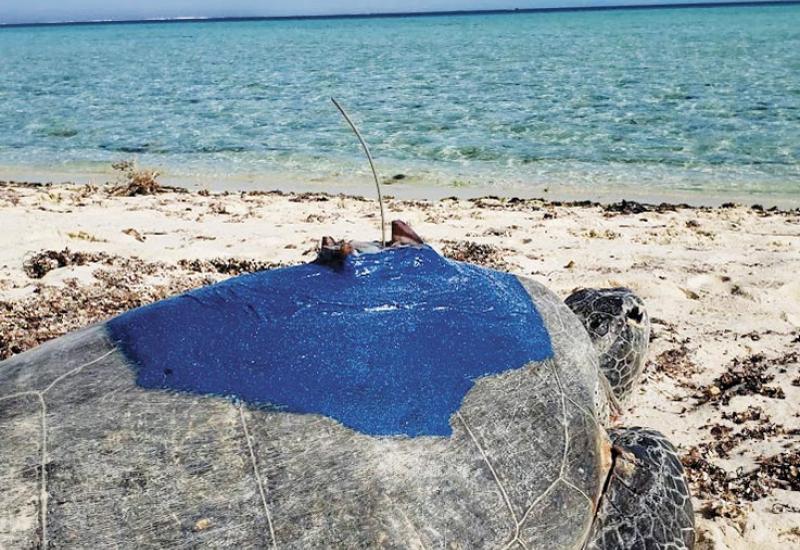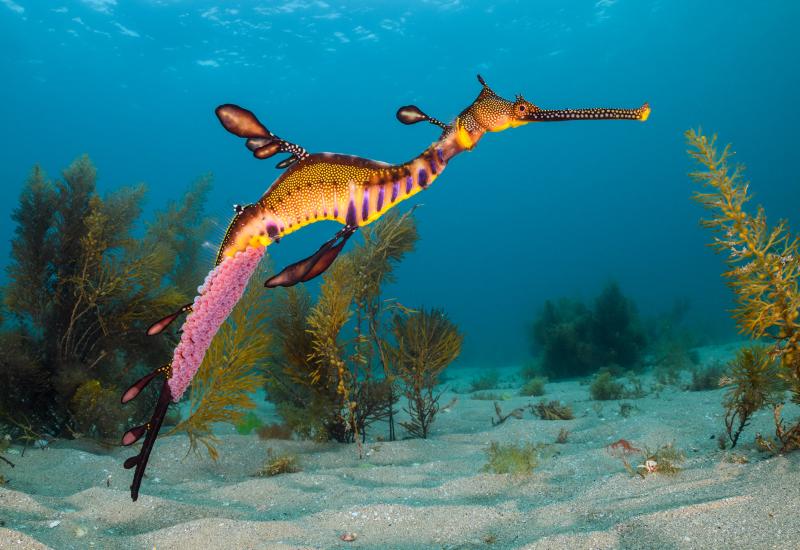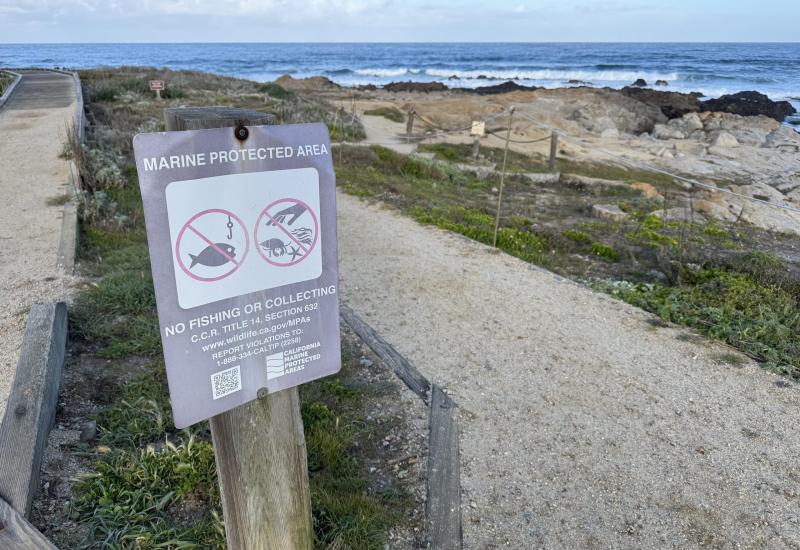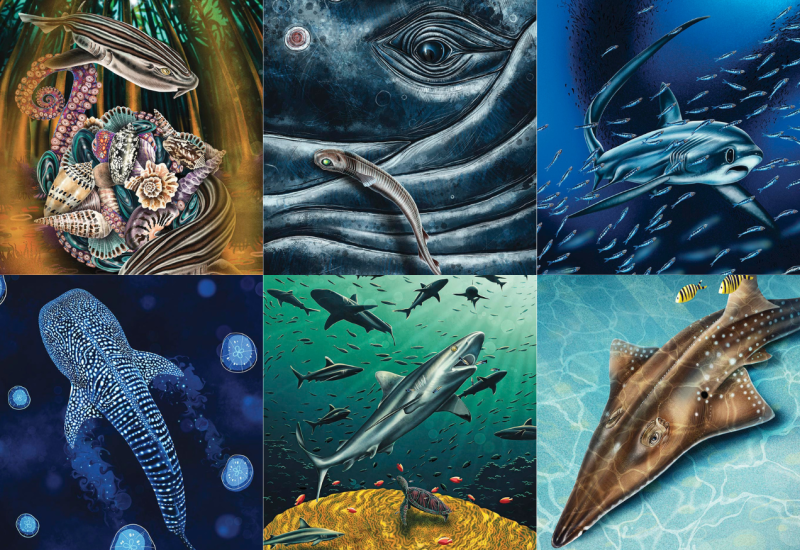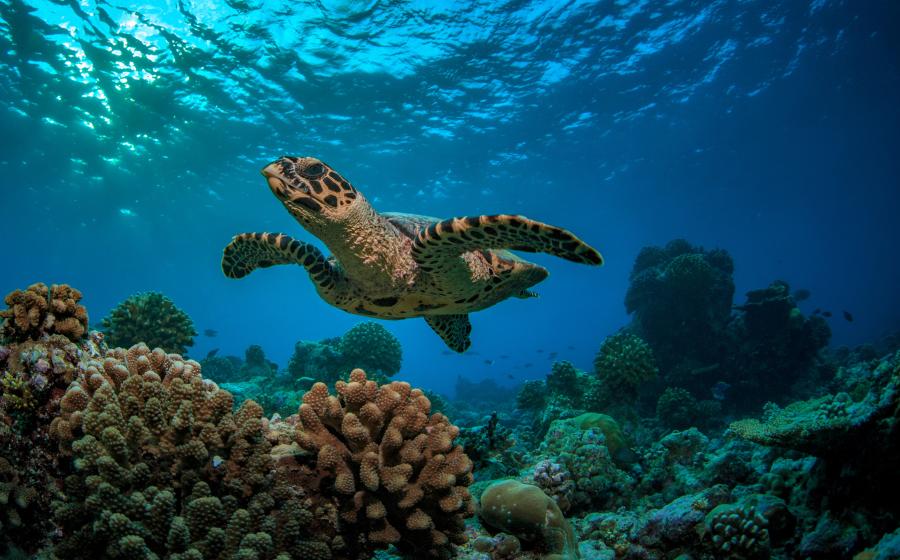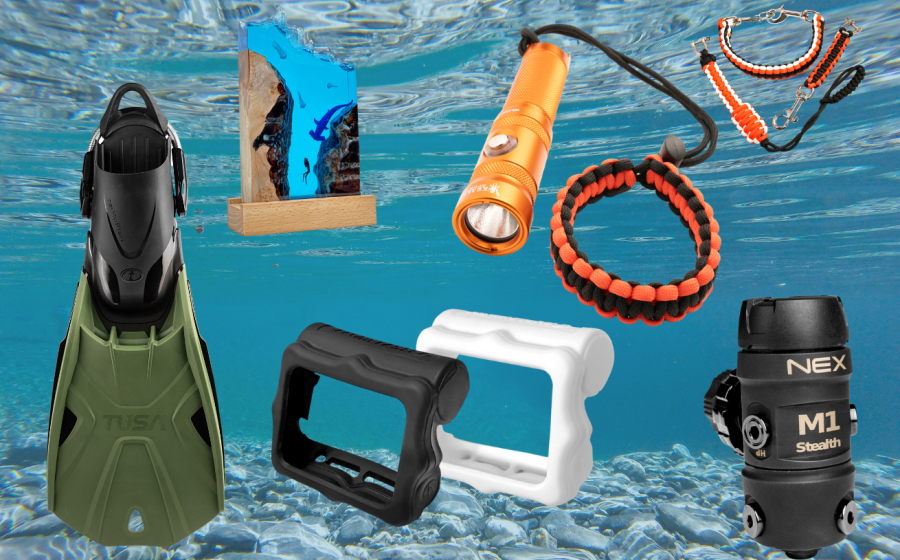Scuba Diving in Qatar
When I first tell most people I dived almost every weekend during the last of my five years in Qatar, they are sceptical. Fortunately, I always carried my underwater camera with me, so I have proof of how worthwhile diving in this area is.
Despite the fact that Qatar was known in the past for pearl diving, today the entire area is undeservedly overlooked as a destination for any kind of pleasure diving (of course, we don’t take into account commercial diving for numerous oil and gas fields, which provides the advantage of having necessary medical facilities in the country). Qatar is actually very rich in marine life and can provide a really unique experience. Most popular diving spots worldwide have developed infrastructure, easy access and staff to help put on and take off your gear. … Boring! How about a bit of adventure? Humans are discoverers by nature, and it can be hard to scratch that itch when diving with Five Star Dive Centers.
I did a poll and asked people from my Instagram page what first comes to mind when they hear “Qatar.” The most popular answer: “Stopover.” It is true that Hamad International Airport in Doha, the capital of Qatar, is one of the biggest air hubs in the Middle East, connecting West and East, North and South. If you travel to popular diving destinations such as Zanzibar, Maldives, Seychelles or Indonesia, there is a good chance you’ll stay in Doha for a few hours and then continue your trip without even knowing you just missed a unique diving destination.

Pavel ChistyakovDoha from the plane as it appears to travelers in a foggy morning.
The adventure begins at desert shore dive sites. The most exciting dive sites in Qatar are Othman Reef and neighboring Zeytuna Reef, located near the Saudi Arabian border. To get to these reefs you’ll need a four-wheel-drive vehicle for a two-hour drive through the desert, bashing the dunes and enjoying the landscapes of the Middle East. Of course, the return trip takes the same amount of time—but if your car gets stuck in the sand, it might take a bit longer. Dune bashing is a popular activity for residents, and is a real adrenaline rush. Adequate experience and safety precautions are required for such trips, keeping in mind that car insurance does not cover the desert.
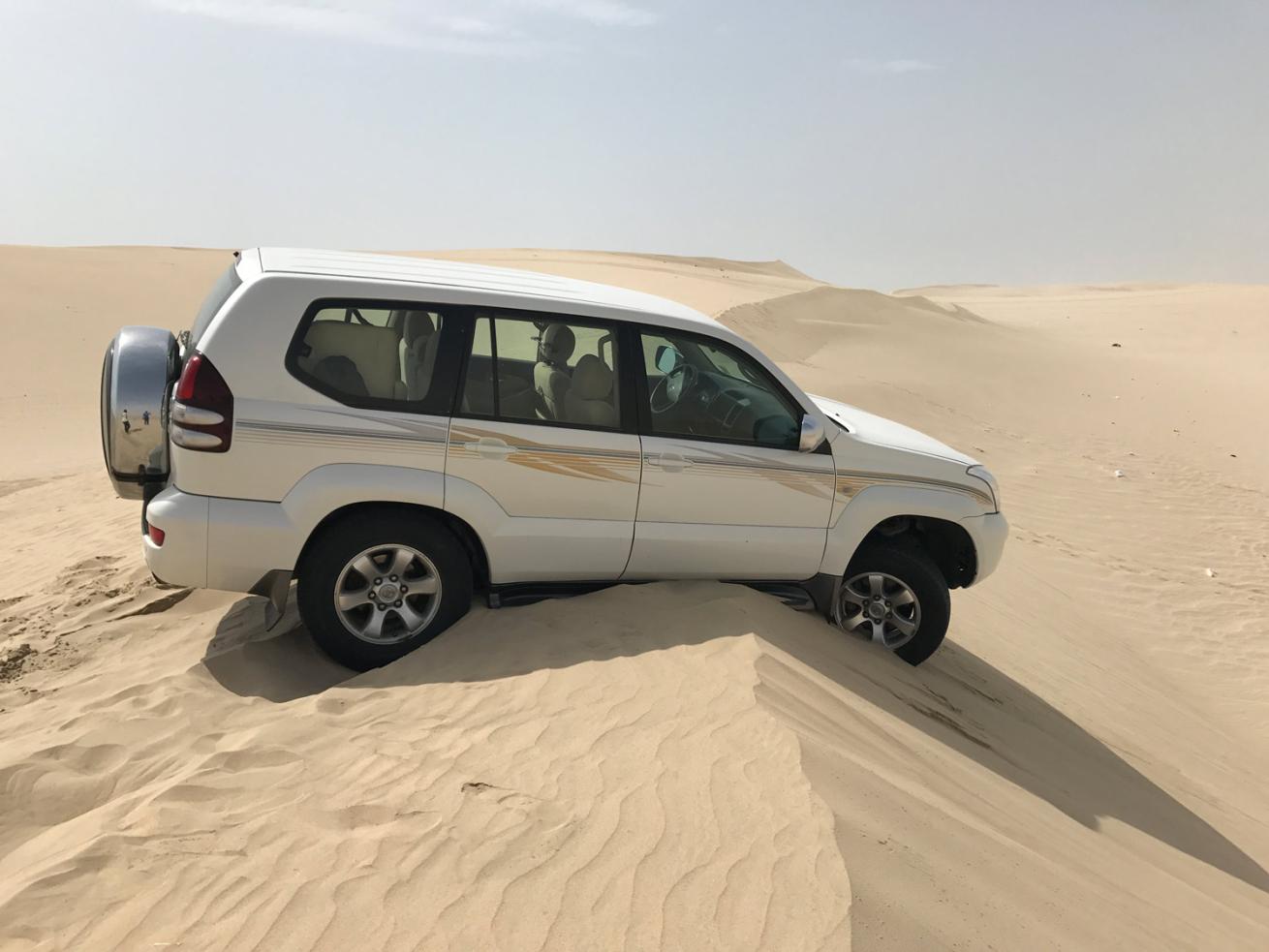
Pavel ChistyakovAdventure begins... Now it is time to dig the car from the sand at 100F
Upon arrival, make sure to think about where to park your car safely—when was the last time you checked for tides before diving in a paradise location? Even if the tide range rarely reaches 3 feet, it might give you a nice surprise once you come back from the bottom.
Actually, this kind of diving requires an advanced level of preparation. You need to think about each and every detail of your dive trip. If you forget something—a spare mask or additional weights— it might not be located in the vicinity. Basic safety equipment, such as first aid and oxygen kits, also should be prepared and ready for deployment. Always keep rescue numbers on hand, and do not forget your diving insurance.
Diving in the desert is a perfect opportunity to use your navigation skills. There are no buoys, no ropes—only indications, timings and bearings. If you are good at this, you follow the information received on the briefing, successfully find the reef and enjoy the marine life it accommodates. My personal recommendation is going there for a night dive during a full moon. The scene inspires wonder!

Pavel ChistyakovResident turtle on Othman reef. The most photographed wild turtle in Qatar.
Other commonly known dive sites are located next to each other:
New Club Reef, an artificial reef with a lot of man-made structures, has much easier access than the reefs described below, but is less exciting from my personal point of view. However, it is home to the most amazing creatures I had a chance to photograph in Qatar.
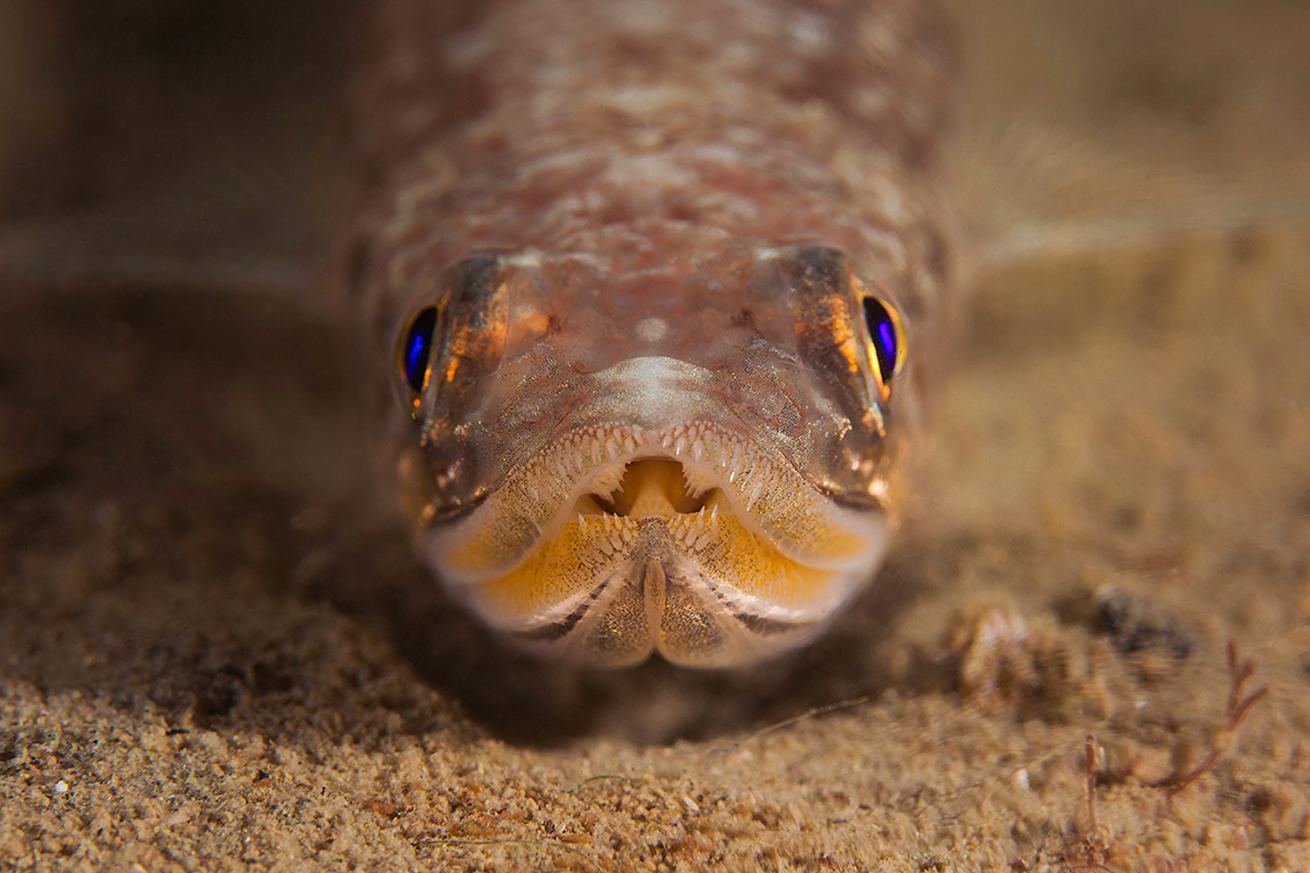
Pavel ChistyakovLizard fish on a night dive.
GMC, is a newly made artificial reef consisting of sunken old cars and vans (guess why it is called GMC?) and some concrete structures. It’s well worth the visit—marine species began to take shelter there almost as soon as the cars were sunk.
The history of nearby Peter’s Barge wreck is amazing. It was sunk on purpose, and then lost for years (how can you lose an enormous barge 650 feet from shore?) until two intrepid divers rediscovered it. It is a perfect place to train for basic penetration skills—if you manage to find the barge, of course. Use the force, er, compass, young diver!
Also of note is the Old Club Reef. Unfortunately, this dive site is no longer accessible due to security regulations. It is an artificial reef created more than 30 years ago by members of Doha Sub Aqua Club, who sank buses, cars, boats and some industrial scrap. It even has the remains of a car donated by an ambassador. Funny fact: The reef was once home to the most photographed fish in Qatar. The famous gulf blenny lived on a big industrial wheel, and everyone who dived there with an underwater camera took and shared its photo.
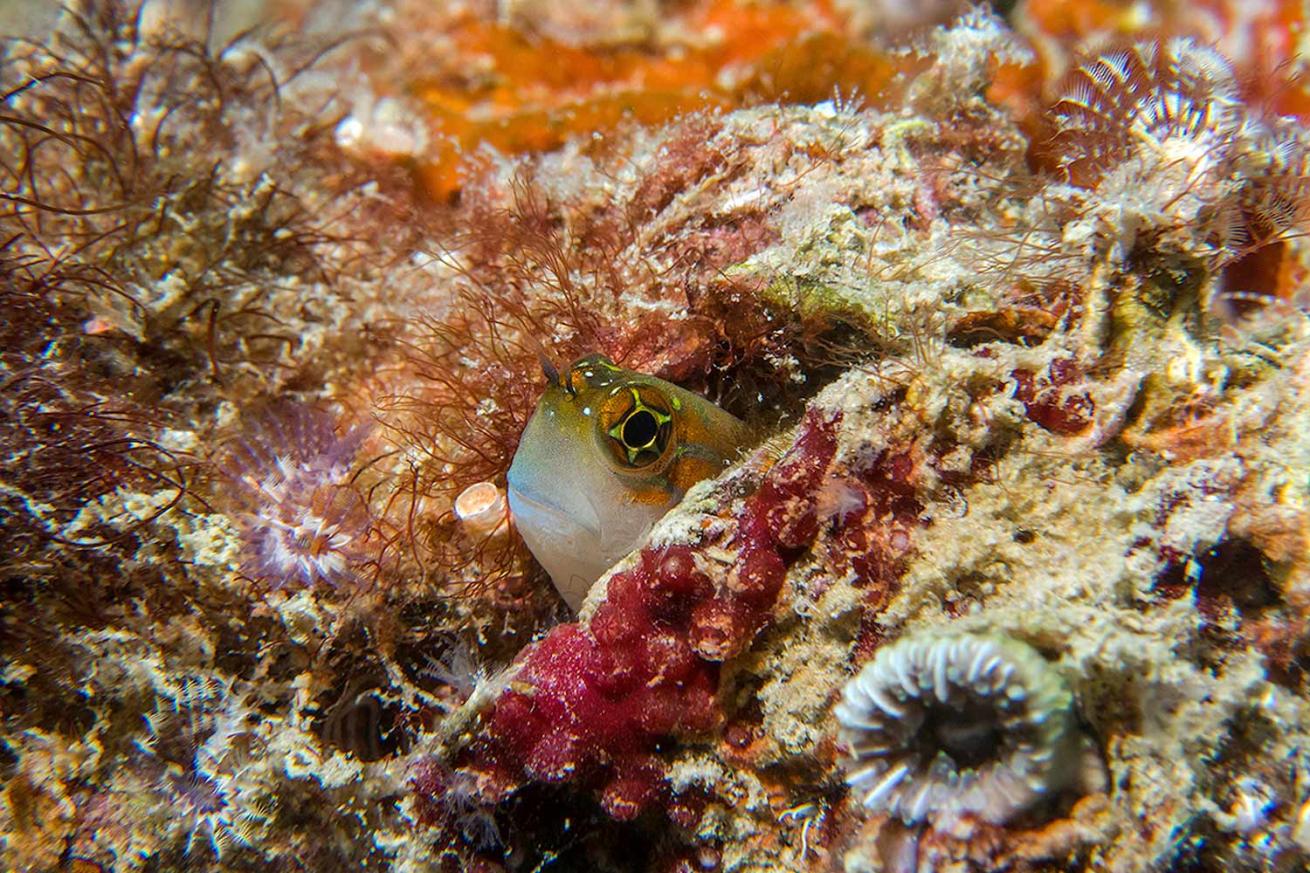
Pavel ChistyakovThe most photographed fish in Qatar, the Gulf blenny!
Most offshore dive sites come in the form of wrecks, which attract a lot of marine life. Wrecks are located between an hour and a half and four hours from shore by boat, and the range of depths is enough to satisfy any tastes or certifications—there are sunken tugs and dhows (local Qatari wooden boats) at 50 feet, as well as tankers lying at 200 feet, which are visited by no more than 10 divers a year. Standouts include the Pericles wreck, an oil tanker that caused one of the biggest oil-spill disasters in modern history (100 feet below the surface), and the MO wreck: pure excitement and open for all certifications. What can be found there in addition to numerous rooms you can easily penetrate? Turtles, rays, different species of sharks (including whale sharks; Qatar hosts of one of the biggest populations in the world) and tuna. Macro lovers also will not be disappointed by the variety of colorful blennies (as well as gulf blenny, which can be found only in this area), all possible and impossible shapes of flabellinas and nudibranchs. Qatar is even said to host a large dugong colony, but unfortunately, I never met them in the water.
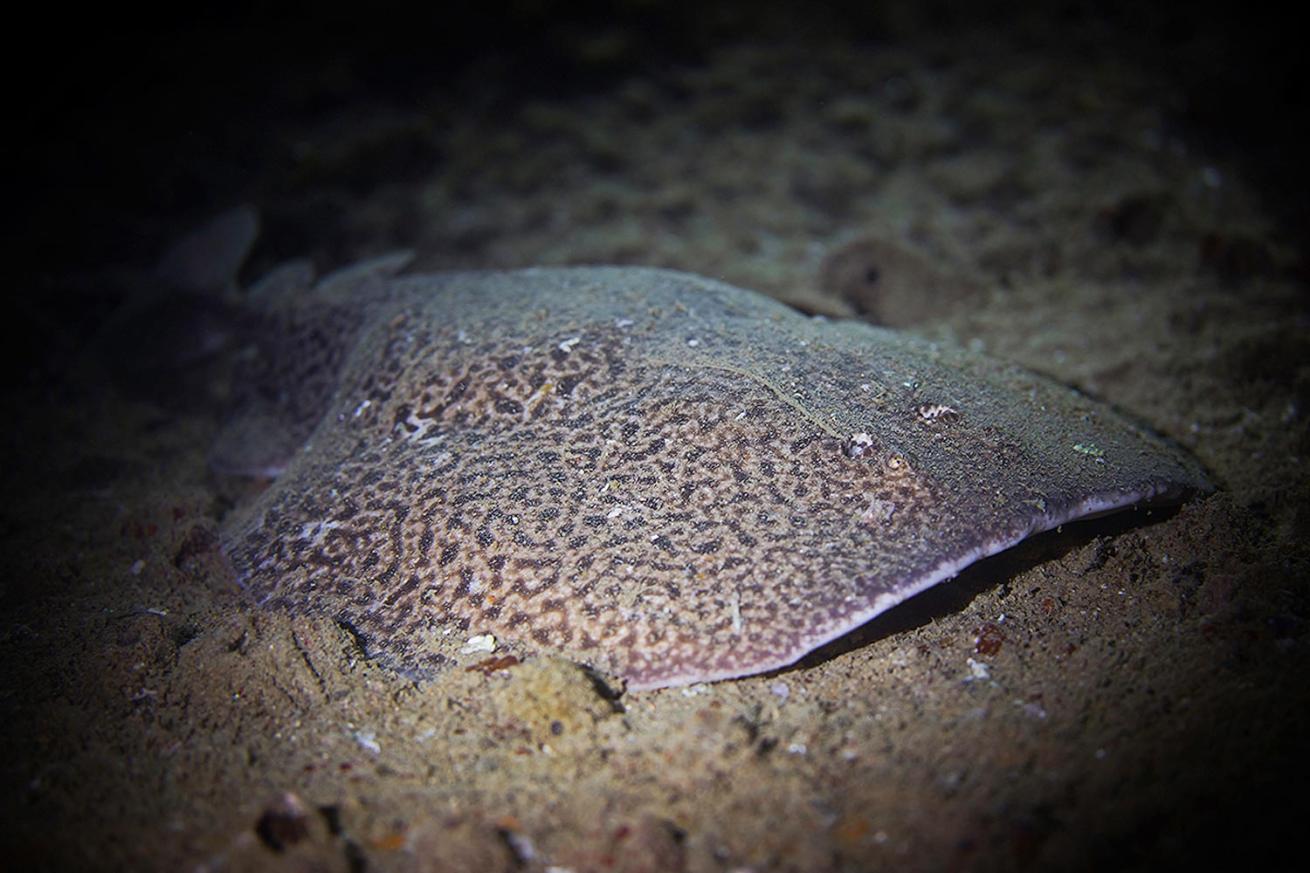
Pavel ChistyakovMassive marbled electric ray, resident of the M.O. wreck.
So why isn’t Qatar a diving destination? I think it is because it has not yet become a general tourist destination. The key word being “yet”—the country is developing fast, and I hope it soon will become more than a “stopover.”
From a diving perspective, there are a number of disadvantages that you must take into consideration. The main ones are limited visibility and high salinity of the seawater. Acceptable viz can be experienced mainly in winter, with clarity reaching 50 feet in the open sea. The water is quite chilly (around 62 to 65 degrees F), but personally I find this time as the best for diving in Qatar. Spring and fall feel more comfortable, but the visibility is reduced due to plankton, and you may face jellyfish “soup” from 30 feet of depth up to the surface. It’s not really comfortable for a safety or deco stop—these guys sting particularly painfully. In summer, there are no jellies, but the water can reach up to 100 degrees—and 120-plus degrees on the surface. That’s why almost all dives are done early in the morning.
But the advantages largely outnumber the disadvantages. After all, you do what you really like in a special place. Macro photographers will have more chances to find their happiness (as I did), and if you are an experienced diver with a strong will to practice or learn diving skills beyond what is proposed by regular dive centers, why not extend your stopover in Qatar for a few days?
To see more of Chistyakov's photos, visit his website at fishportrait.pro.

